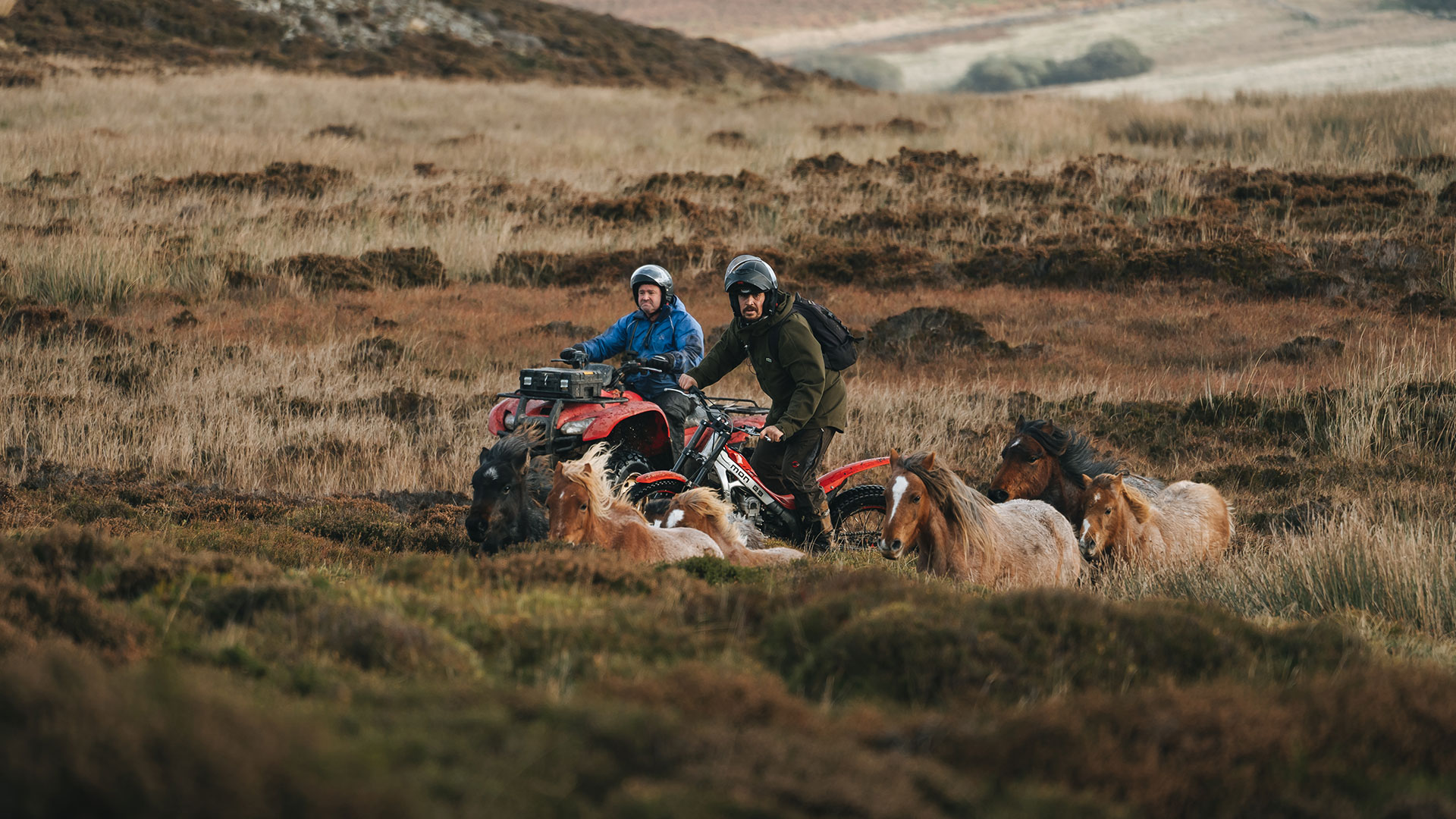For thousands of years, the Carneddau landscape has been shaped by the changing relationship between people and nature over time.
In turn this landscape has influenced the surrounding communities and provided inspiration to some of the most famous pieces of Welsh art and literature.
Literature
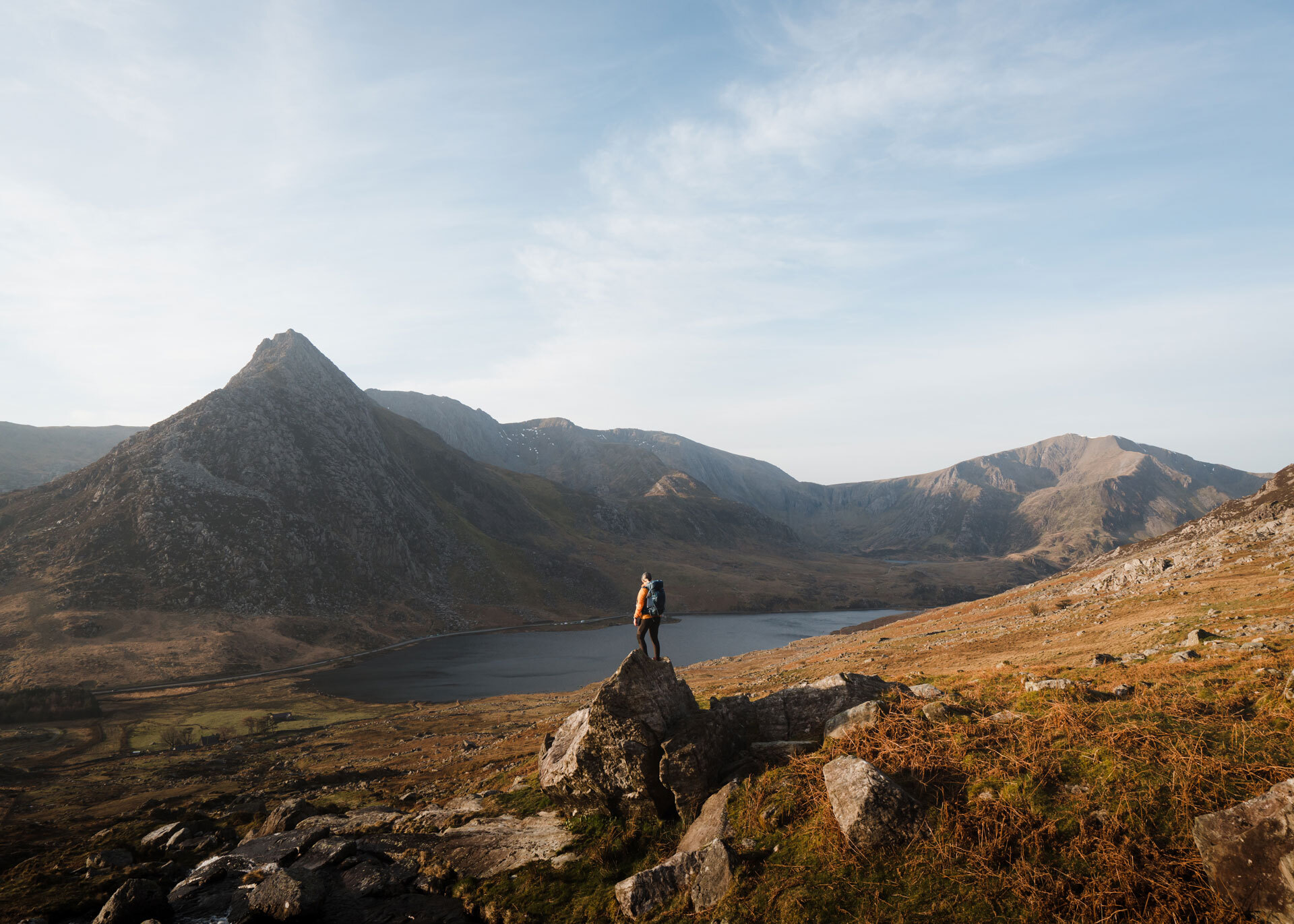
Many poets have drawn inspiration from the beauty of the Carneddau, A sense of hiraeth, or longing about this landscape is captured in the preacher and poet John T. Jôb’s simple and effective lines in a verse about Cwm Pen-llafar in his poem ‘Ffarwel i Eryri’ written on leaving the area in 1917, lines which many local people know by heart:
Ffarwel i Gwm Pen-llafar
A’i hiraeth di-ystŵr
Lle nad oes lef – ond ambell fref
A Duw, a sŵn y dŵr.
John T. Jôb,
1917

In 1865, William John Roberts, a local bard, going by the bardic name of Gwilym Cowlyd grew critical of the Eisteddfodau and founded a separate festival called Arwest Glan Geirionydd on the shores of Llyn Geirionydd above Betws y Coed.

Hugh Derfel Hughes’s ‘Llawlyfr Carnedd Llewelyn’ (Guidebook to Carnedd Llewelyn), 1864, is one of the first ever guides to a mountain written in any language. It was initially produced for an Eisteddfod in Bethesda. Many examples of early travel and tourist guides of the Carneddau can be found, most of which date back to the 18th and 19th centuries.
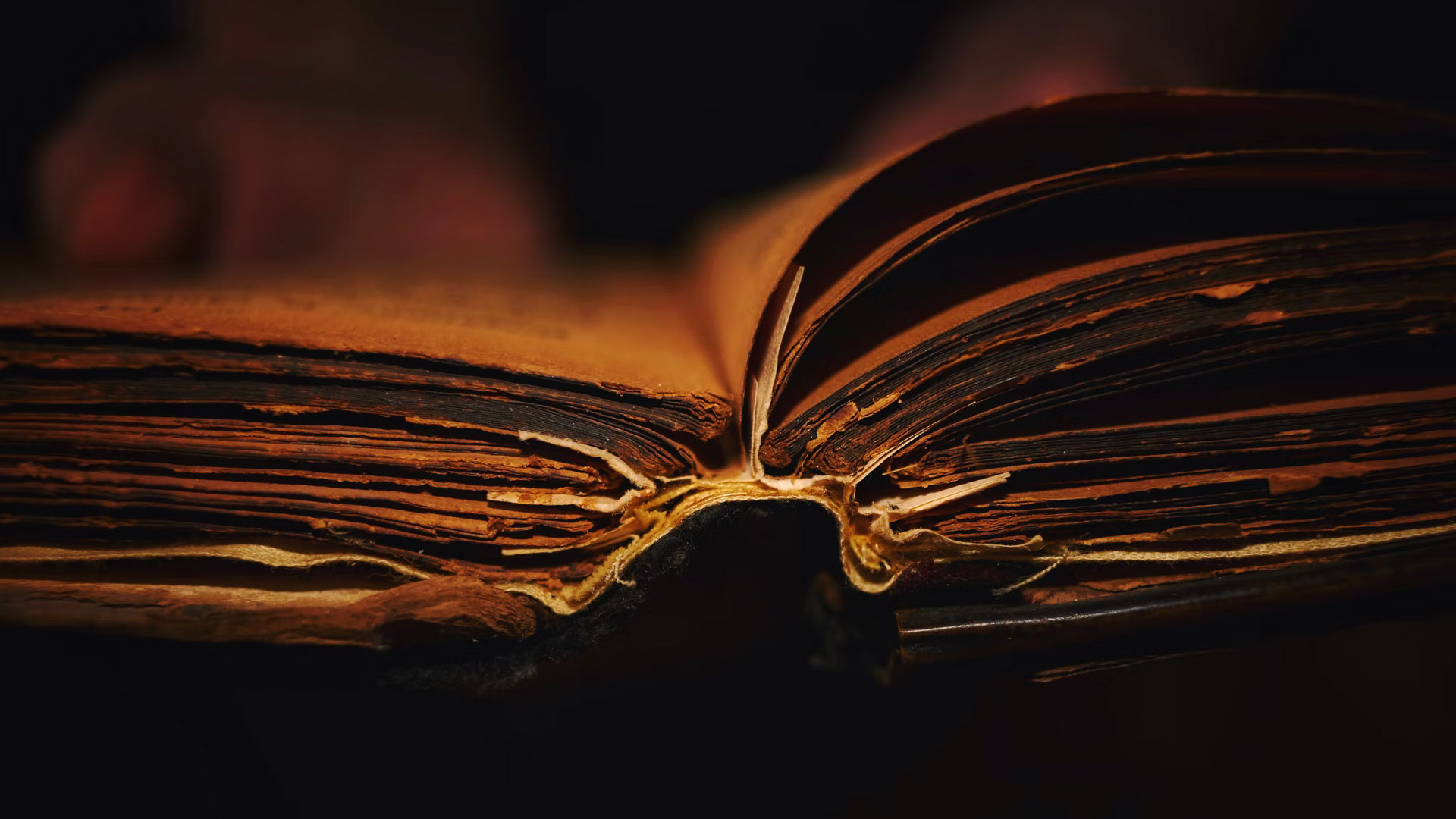
Taliesin, the sixth century bard, called the Carneddau home. He lived and, it is said, rests on the shores of Llyn Geirionydd. Believed to have sung in the courts of many kings, he is the earliest known poet of the Welsh language and his work still survives to this day in The Book of Taliesin. The Taliesin Monument commemorates his life and work and can be found near Lake Geirionnydd.
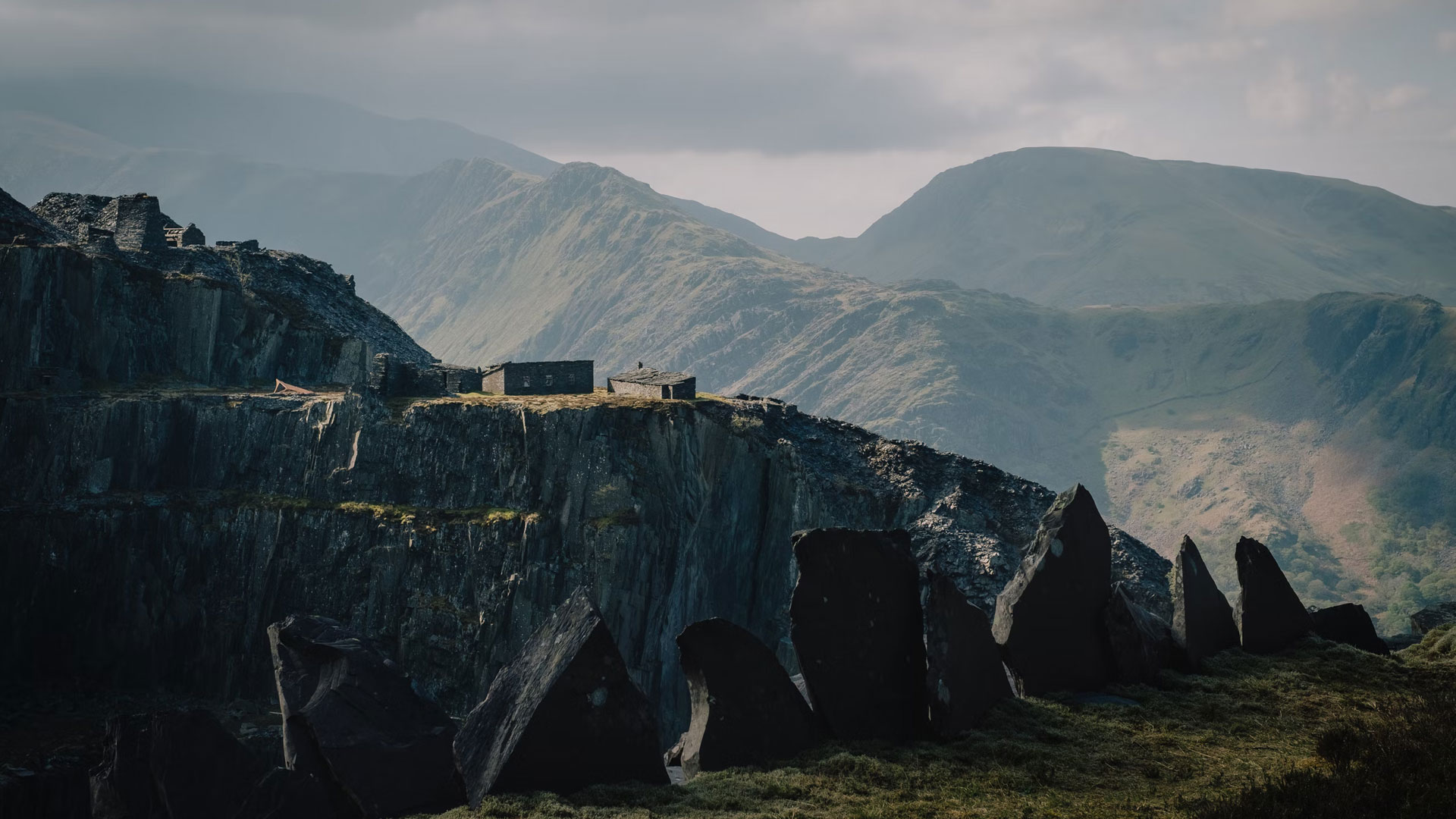
Published in 1961, Un Nos Ola Leuad (One Moonlit Night) is recognised as one the most famous and widely read novels in the Welsh language. The author, Caradog Prichard lived in Bethesda and took inspiration from characters from the surrounding slate quarry villages and wild landscape. The novel was considered radical at the time because of its dark themes, style and use of language.
Author and linguist Dr John Elwyn Hughes is an expert on the work of Caradog Prichard and has written a novel comparing the real places and people behind the locations and characters in the novel
Art

A folk art tradition in slate-carving developed in the 19th century in Dyffryn Ogwen, with the area being known for its stunning fireplace surround creations. From geometrical patterns to freehand designs, all feature subjects such as people, animals, buildings, objects, furniture, landscape scenes, pieces of music and astronomical information.

The landscape and the people within it became inspiration for artist’s such as J. M. W. Turner, Brenda Chamberlain, Kyffin Williams and John Piper.
Music
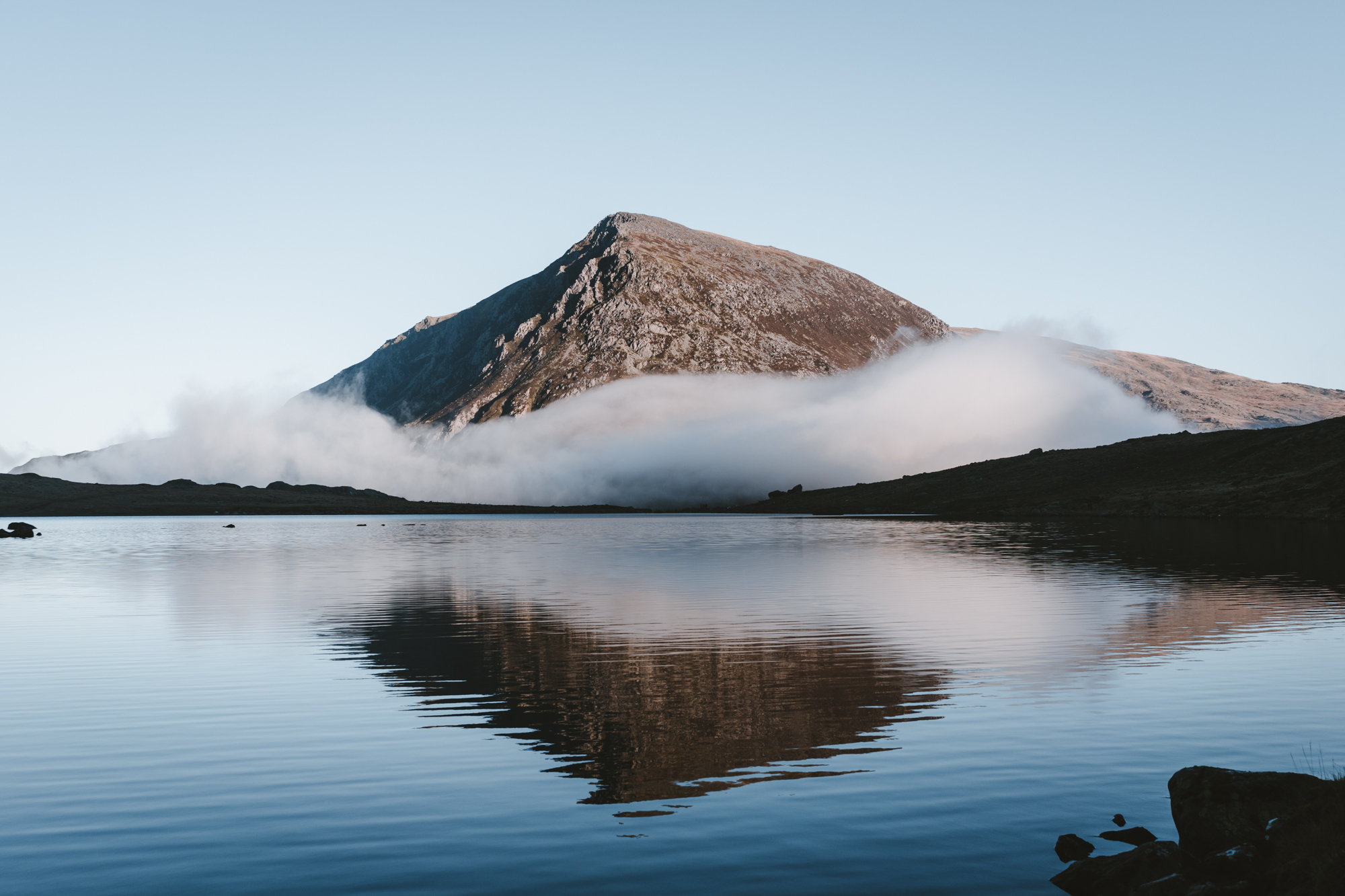
During the mid-nineteenth century, the slopes of Carnedd Llywelyn were climbed by crowds of local young people. This became the fashion as hymns and psalms were sung. An event that became so popular that in September 1865, it drew a crowd of nearly 200.
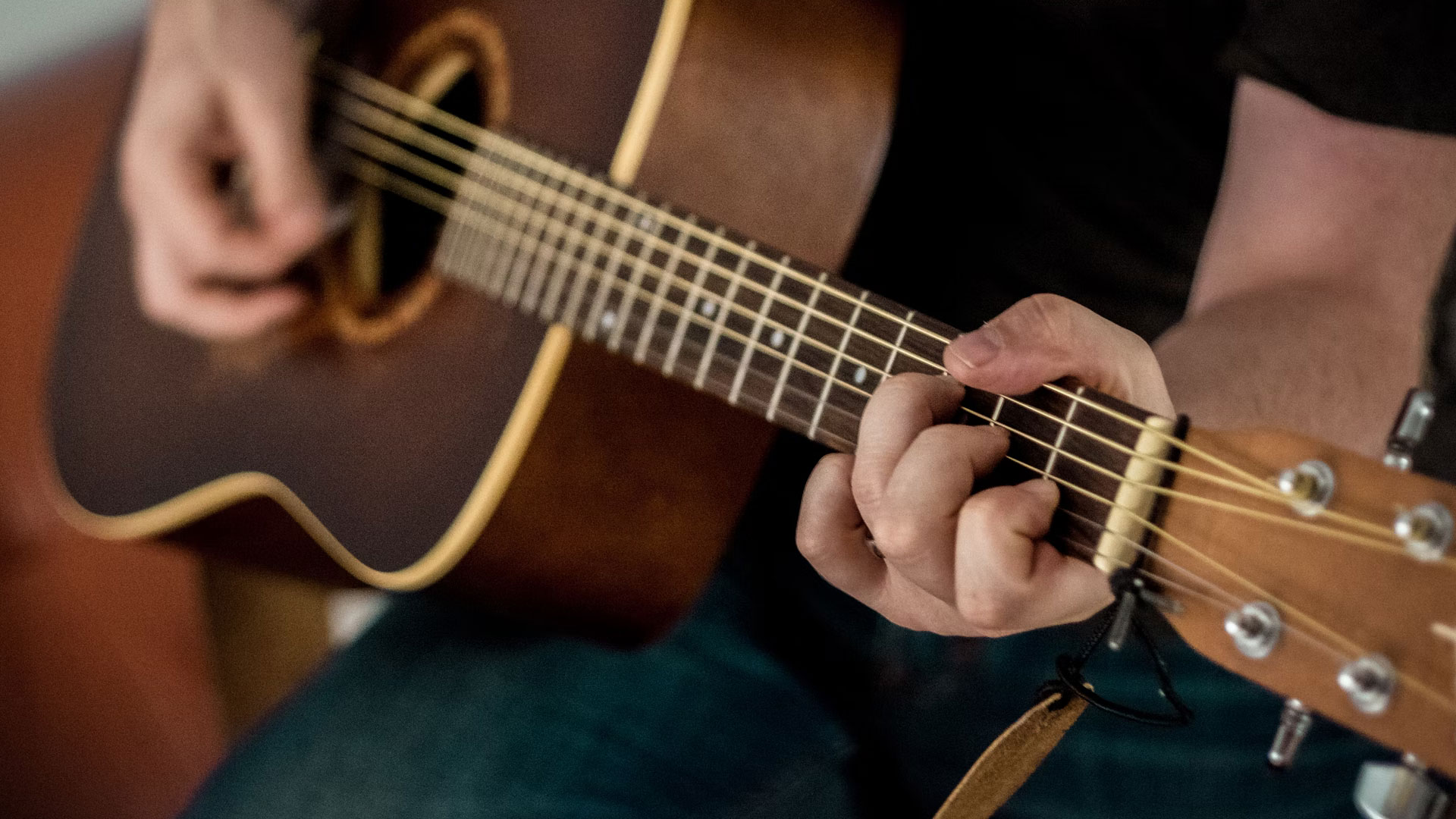
Bethesda in particular is home to a vibrant contemporary music scene. One Bethesda son in particular is Gruff Rhys, lead singer with the Super Furry Animals and solo artist, who was born and brought up in Rachub.

The landscape is often used as a backdrop to music. 9bach, an alternative folk band also from Bethesda, are known for using sounds and visuals from the Carneddau in their performances.


